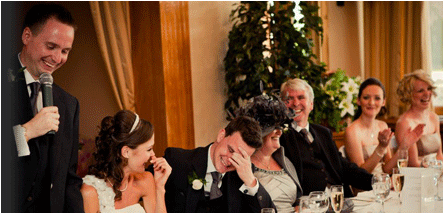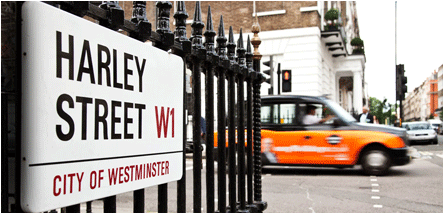If you’re looking for fear of flying treatment, it’s sensible to look at all the options available before you decide which treatment is right for you.
To make things a little easier, we can group the many treatment options into 4 different catagories:

Fear of Flying Treatment Catagories
- General Therapists
- Therapy Modality Specialists
- Phobia Treatment Specialists
- Group Fear of Flying Courses.
1. A General Therapist treats all sorts of different conditions. Additionally, they also use an array of different types of therapy. Most counsellors fall into this category. For people wanting talking therapy, this is fine. But for a fear of flying most people probably need something a bit more specialised.
2. The Specialist By Therapy Type. This type of therapist treats many different conditions using a single therapeutic approach. For example. they may be a specialist in EMDR, or in hypnotherapy, or tapping, but they will apply that single approach to many different conditions, not just phobias.
So they may have a good understanding of the therapy in which they have chosen to specialise, but they have applied this to a wide range of conditions like depression, weightloss, drug adddiction, eating disorders. All this means and they will have less experience of working with phobias and they will have less experience of treating fear of flying. And as fear of flying is often accompanied with fear of heights and claustrophobia, they will have less experience with these conditions too.
3. The Phobia Treatment Specialist. A Specialist Phobia Therapist will apply many different types of therapy to the rather narrow field of Phobia Treatment.

Here at the Phobiaman Clinic, this is the catagory we fall into. Furthermore, we have found there are useful elements in all sorts of different therapy and treatment types, and if they work we see no reason why we shouldn’t use them.
Thus, we apply many different therapeutic techniques to the treatment of fear of flying. We use hypnotherapy for fear of flying, as well as NLP, Havening, Cognitive Behavioural Therapy and Timeframing Therapy. And as the UK’s leading clinic that specialises in phobia treatment we have more experience of treating fear of flying than anyone else in the UK.
Fear of Flying Treatment Courses
4. Lastly, we have group courses. And for fear of flying treatment there are many group courses available. Most of these are run by airlines, not therapists.
Airlines understand flying very well. However, they have a far lower understanding of the real nature of phobias than a phobia therapist does. They think that if they explain how the aircraft flies that people will stop being frightened. This approach is fine for people who are a little bit nervous, but it won’t work for someone who is panicking the night before the flight.
Luckily, we offer our own London fear of flying courses that are run by Therapists. All our Therapists have over 20 years of experience of working with people with fear of flying and turbulence. We can also help with fear of heights and claustrophobia – conditions that often come with a fear of flying.
Find Out More About Our Fear of Flying Hypnosis Treatments
If you would like to find out if our fear of flying treatment is going to be right for you, the first step is to call The PHOBIAMAN Clinic. One of our friendly therapists will be happy to answer any questions. Then you can decide if you feel we are right for you. We often have a waiting list of several weeks so please call as soon as you can so we can make sure we can get you treated in time.
Just call our team on 0207 193 5194 and we will answer your questions and explain what may be possible for you. If you are calling from outside the UK the international number is +44 207 193 5194.












 The area is the oldest and most prestigious, dedicated private healthcare district in the world. It was featured recently in a 3-part BBC television series called
The area is the oldest and most prestigious, dedicated private healthcare district in the world. It was featured recently in a 3-part BBC television series called 
 There is something special about coming to Harley Street for treatment. Maybe it’s the centuries of healing excellence that have taken place here. Or perhaps it’s just knowing you are getting the best possible treatment available today. Maybe it’s both.
There is something special about coming to Harley Street for treatment. Maybe it’s the centuries of healing excellence that have taken place here. Or perhaps it’s just knowing you are getting the best possible treatment available today. Maybe it’s both.




